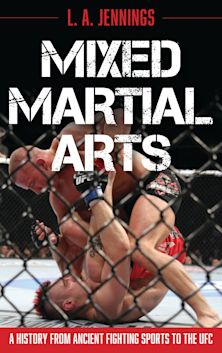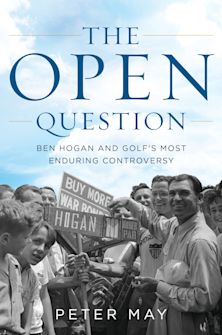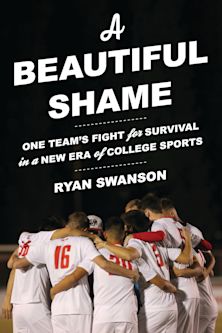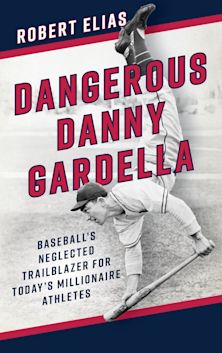Historical Dictionary of the Olympic Movement
Historical Dictionary of the Olympic Movement
For information on how we process your data, read our Privacy Policy
Description
The Olympic Movement began with the Ancient Olympic Games, which were held in Greece on the Peloponnesus peninsula at Olympia, Greece. It is not clear why the Greeks instituted this quadrennial celebration in the form of an athletic festival. The recorded history of the Ancient Olympic Games begins in 776 B.C., although it is suspected that the Games had been held for several centuries by that time. The Games were conducted as religious celebrations in honor of the god Zeus, and it is known that Olympia was a shrine to Zeus from about 1000 B.C. In modern time The Olympic Movement attempts to bring all the nations of the world together in a series of multisport festivals, the Olympic Games, seeking to use sport as a means to promote internationalism and peace.
This fifth edition of Historical Dictionary of The Olympic Movement covers its history through a chronology, an introductory essay, appendixes, and an extensive bibliography. The dictionary section has over 1000 cross-referenced entries on the history, philosophy, and politics of the Olympics, major organizations, the various sports, the participating countries, and especially the athletes. This book is an excellent access point for students, researchers, and anyone wanting to know more about The Olympic Movement.
Table of Contents
Preface
Acronyms and Abbreviations
Chronology
The Olympic Games and Olympic Winter Games
Introduction
THE DICTIONARY
Appendix I: Presidents of the International Olympic Committee
Appendix II: The Games of the Olympiads
Appendix III: The Olympic Winter Games
Appendix IV: Members of the International Olympic Committee
Appendix V: Awards of the International Olympic Committee
Appendix VI: Final Olympic Torchbearers (Within the Olympic Stadium)
Appendix VII: Speakers of the Olympic Oath
Appendix VIII: Official Openings of the Olympic Games
Appendix IX: Most Olympic Medals Won: Summer, Men
Appendix X: Most Olympic Medals Won: Summer, Women
Appendix XI: Most Olympic Gold Medals Won: Summer, Men
Appendix XII: Most Olympic Gold Medals Won: Summer, Women
Appendix XIII: Most Olympic Medals Won: Winter, Men
Appendix XIV: Most Olympic Medals Won: Winter, Women
Appendix XV: Most Olympic Gold Medals Won: Winter, Men
Appendix XVI: Most Olympic Gold Medals Won: Winter, Women
Appendix XVII: Most Appearances: Summer, Men
Appendix XVIII: Most Appearances: Summer, Women
Appendix XIX: Most Appearances: Winter, Men
Appendix XX: Most Appearances: Winter, Women
Appendix XXI: List of All Positive Drug Tests at the Olympic Games
Appendix XXII: Attempts at Olympic Revival Prior to 1896
Appendix XXIII: International Federations – SportAccord
Appendix XXIV: Olympic Summer Games Participants
Appendix XXV: Olympic Winter Games Participants
Appendix XXVI: Olympic Sports
Appendix XXVII: Bid Cities
Bibliography
About the Authors
Product details
| Published | 14 May 2015 |
|---|---|
| Format | Ebook (Epub & Mobi) |
| Edition | 5th |
| Extent | 906 |
| ISBN | 9781442248601 |
| Imprint | Rowman & Littlefield Publishers |
| Illustrations | 36 b/w photos; 36 tables |
| Series | Historical Dictionaries of Sports |
| Publisher | Bloomsbury Publishing |
Reviews

ONLINE RESOURCES
Bloomsbury Collections
This book is available on Bloomsbury Collections where your library has access.



































